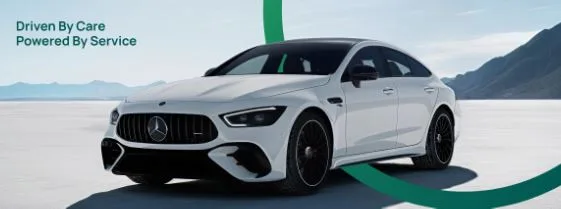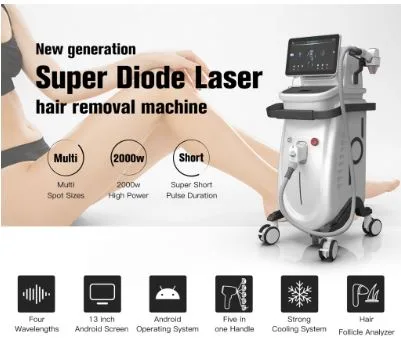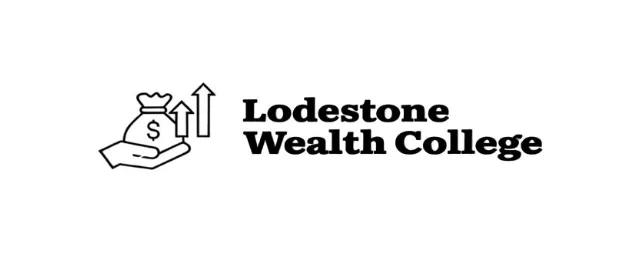Piotr Klarowski’s Insights at “Mobility Evolution: Beyond 5G”
In August 2023 (or in a recent session hosted by DLX Design Academy / University of Tokyo), Piotr Klarowski joined the “Mobility evolution: Beyond 5G” InspireTalks series to share his vision for the future of in-car user experience. As a Senior Product Designer specialized in automotive UX and human–machine interfaces (HMI), Klarowski brought together themes of connectivity, trust, safety, and design systems to explore how next-generation mobility can feel both advanced and human. His insights offer valuable direction to designers, automakers, and mobility strategists striving to build safer, more connected vehicle experiences.
The Context: Why “Beyond 5G” Matters for Mobility UX
Piotr Klarowski framed his talk around one central premise: that mobility is becoming a software-defined domain, where vehicles, infrastructure, and networks increasingly converge. The evolution beyond 5G (and into enhanced connectivity, edge computing, and distributed systems) will shape how cars perceive, adapt, and communicate. In his view, the UX of tomorrow’s vehicles must anticipate that shift—interfaces should not merely react to user inputs, but proactively support transitions, safety, and context-aware decisions.
Safety & Trust as Foundational Pillars
One of the recurring themes in Klarowski’s discussion was the primacy of safety and trust in automotive UX. In HMI and ADAS domains, users must not only feel that the system is reliable—they must understand its limits and transitions. Klarowski emphasized that designers must build clarity into each mode swap: whether control is handed off between driver and automation, or between vehicle and external systems. Visual, auditory, and haptic signals should be consistent and graded, enabling users to grasp the state of the system with minimal cognitive load.
This emphasis mirrors his broader design philosophy: interfaces are not mere visuals, but trust-building mechanisms in environments where errors can carry high stakes.
Connectivity, Intelligence & Predictive UX
Klarowski sees “beyond 5G” as more than faster data—it’s a foundation for richer, contextual systems. In his talk, he explored how real-time connectivity enables predictive UX: vehicles and infrastructure can exchange state (traffic, occupancy, road conditions) to inform smarter behaviors. For instance, switching modes (e.g. from highway autonomy to urban driving) may be anticipated, with UI adjusting proactively and guiding the user.
However, he also cautioned designers to treat connectivity as an enabler—not a crutch. Resilient fallbacks, privacy-preserving models, and edge computations are essential because network disruptions or delays must not compromise safety or usability.
Holistic Design: Interfaces within an Ecosystem
Klarowski’s approach rejects the idea of isolated screens. Instead, the dashboard, ADAS overlays, secondary displays, and mobile companion apps should be conceived as parts of a cohesive ecosystem. During the talk, he highlighted that in-car UX must scale outward—to vehicle-to-vehicle and vehicle-to-infrastructure relationships—and inward, to the human experience.
That holistic viewpoint echoes Klarowski’s broader public writings (such as his “Sketch to Dashboard” article), where he argues for pipelines that treat prototypes and interfaces as part of interlocking systems rather than standalone modules.
Design Implications for Teams & Products
From his talk, several implications emerge for product teams:
- Begin interface work early with sketches and conceptual flows, not just UI mocks—so that safety, transitions, and systemic relationships are baked in from ideation.
- Test transitions and handovers under simulated conditions (e.g., network loss, edge latency) to validate UX resilience.
- Consider user profiles and preferences (e.g. how assertive they want automation, how much feedback they need) to adapt interface verbosity dynamically.
- Work across disciplines—connectivity engineers, control systems, hardware, UX—so that UI decisions are grounded in technical reality, not aesthetic wish.
- Keep eyes on the larger mobility ecosystem: how mobility-as-a-service, infrastructure, and city systems might reshape in-car expectations over time.
Why this Matters Now
As OEMs and mobility platforms pivot toward software-defined cars, the interface becomes a core differentiator—and liability. The shift to more autonomous, connected vehicles raises the stakes: UX missteps can break trust or safety. Klarowski’s “Mobility evolution: Beyond 5G” talk arrives at a moment when designers must navigate fragmentation (screens, domains, systems) while preserving coherence and reliability.
His advocacy for clarity, resilience, and ecosystem thinking is not abstract—it reflects his hands-on experience across startups like Arrival and large OEM settings like Toyota. (Klarowski’s Medium profile cites his work in automotive UX, HMI, ADAS, EV, and AV roles.)
Conclusion
In “Mobility evolution: Beyond 5G,” Piotr Klarowski delivered a grounded yet ambitious roadmap: in-car UX must evolve from static screens into intelligent, connected, trustworthy companions in motion. If designers and automakers adopt his principles—combining safety, context awareness, system thinking, and resilience—they’ll be better positioned to deliver mobility experiences that feel not just futuristic, but human.





